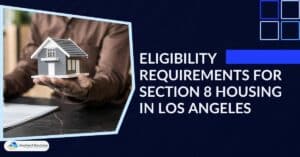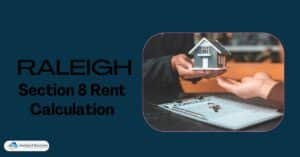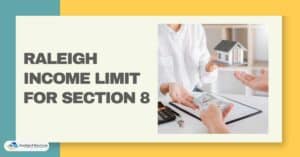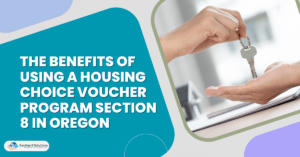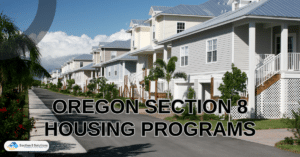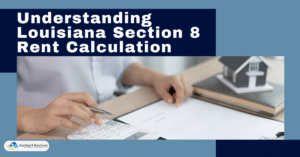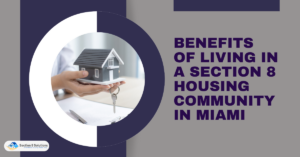Estimate the annual cost based on the property’s condition and set aside a percentage of the monthly rent for repairs and maintenance. Avoid costly damage by prioritizing repairs and routine maintenance. Landlords may maintain their rental properties and keep their value by planning ahead.
In this article, we’ll explore how to budget for repairs and maintenance in your rental property to keep it in top condition and avoid unexpected expenses.
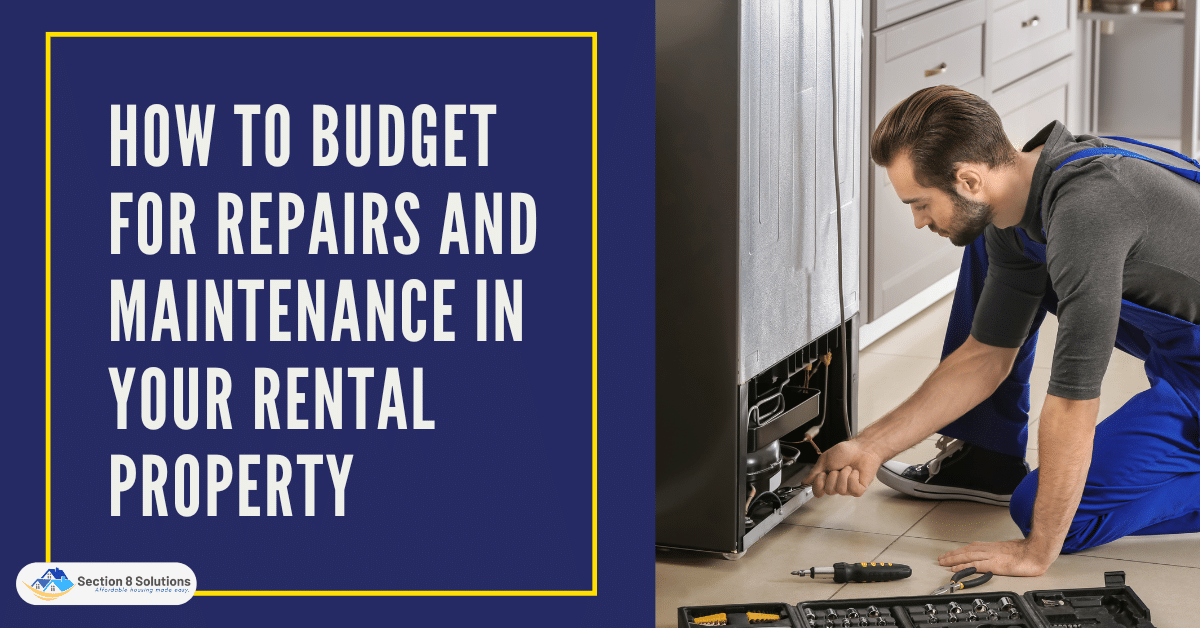
Estimate the Annual Cost of Repairs and Maintenance
Estimating annual repairs and upkeep starts with assessing your rental property’s condition and age. Start by inspecting the property for wear, damage, and outdated systems. Check the roof, HVAC system, appliances, and other major components’ ages.
Knowing the property’s state lets you predict annual repairs and maintenance costs. Maintenance and repairs should cost 1%–2% of the property’s worth per year. Maintenance and repairs should cost $2,500 to $5,000 per year for a $250,000 house.
Example repair and maintenance costs:
- HVAC system replacements: Depending on the age of the HVAC system, you may need to replace it every 10-15 years. The cost of replacement can vary depending on the size of the system and the complexity of the installation.
- Roof repairs: Roof repairs can range from minor leaks to full replacements. The cost will depend on the extent of the damage, the type of roofing material, and the size of the roof.
- Landscaping: Regular landscaping maintenance can help keep the property looking attractive and can prevent damage to the building or its foundation. Landscaping costs may include lawn care, tree trimming, and garden maintenance.
By estimating the annual cost of repairs and maintenance, you can create a budget that allows you to properly maintain your rental property and avoid unexpected expenses.
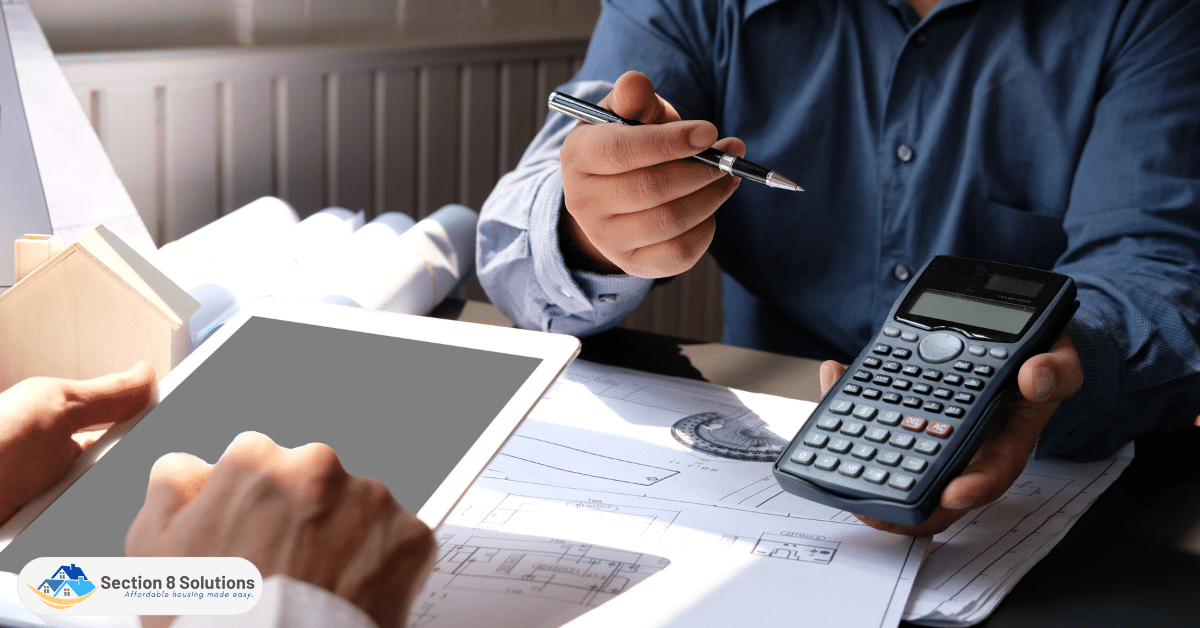
Set Aside a Percentage of Monthly Rent
Setting aside a percentage of monthly rent can help landlords prepare for unexpected repairs and maintenance costs. By consistently setting aside funds, landlords can create a budget that ensures the property is properly maintained and repairs are made promptly.
To determine an appropriate percentage to set aside, landlords should consider the age and condition of the property. Older properties or properties that require more frequent maintenance may require a higher percentage of the monthly rent to be set aside. A general rule of thumb is to set aside 1% to 2% of the property’s value per year for maintenance and repairs.
For example, if your property is worth $250,000 and you charge $2,000 per month in rent, you could set aside 1% of the property’s value ($2,500) per year or approximately $208 per month. This percentage may need to be adjusted based on the property’s specific needs.
It’s important to note that setting aside a percentage of monthly rent does not necessarily mean that all of those funds will be used for repairs and maintenance. Any leftover funds can be rolled over into the following year’s budget or used for upgrades or cosmetic improvements.

Prioritize Necessary Repairs
Repairs should be prioritized over cosmetic or non-essential modifications for various reasons. Repairs first assure tenant safety. Prioritizing repairs might also prevent little concerns from becoming costly ones. Finally, fixing problems can improve tenant happiness and retention, helping landlords avoid costly vacancies.
To prioritize repairs, landlords should first assess the urgency and impact of each repair. Safety concerns should always be addressed immediately. For example, if there is a gas leak, electrical issue, or water damage, it’s important to address those issues as soon as possible to ensure tenant safety.
Next, landlords should consider repairs that have a direct impact on the property’s value and tenant satisfaction. For example, a leaky roof or malfunctioning HVAC system can cause significant damage to the property and negatively impact tenant comfort, making these repairs a priority.
Finally, landlords can consider cosmetic or non-essential upgrades that can have a positive impact on tenant satisfaction and retention. For example, updating the kitchen or bathrooms may not be necessary, but can make the property more attractive to potential tenants and help retain current tenants.
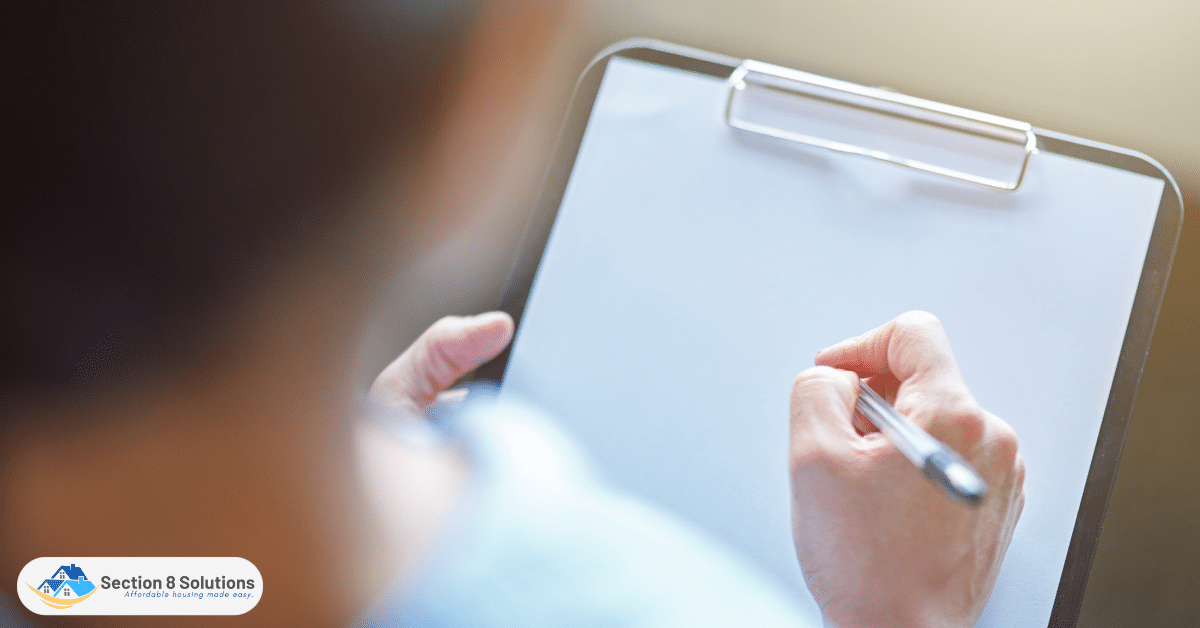
Stay on Top of Routine Maintenance
Staying on top of routine maintenance is an important part of keeping a rental property in good condition and preventing costly repairs down the line. Here are some examples of routine maintenance tasks that landlords should consider:
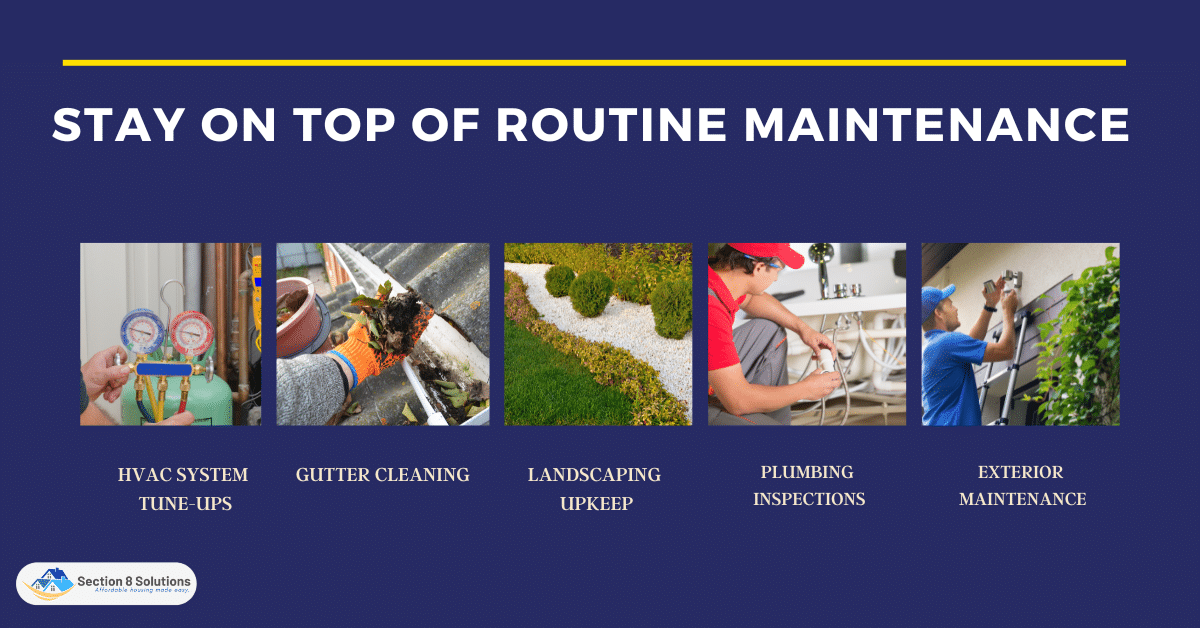
1. HVAC System Tune-Ups
Rental properties need HVAC system tune-ups. HVAC systems ensure tenant comfort and safety. Maintenance keeps the heating and cooling system functioning efficiently and prevents malfunctions. Air filters, ducts, and inspections can assist maintain the HVAC system.
HVAC systems depend on air filters. Dirty filters impede airflow and force the system to work harder, raising energy bills and risking malfunctions. Air filters should be changed regularly to avoid these difficulties and maintain HVAC efficiency.
2. Gutter Cleaning
Gutters and downspouts are designed to direct rainwater away from the property and prevent water damage to the foundation, walls, and roof. However, if they become clogged with debris like leaves, twigs, or dirt, they can’t function properly, leading to water damage. Water damage can cause structural damage to the property, as well as mold and mildew growth, which can affect the health of the tenants.
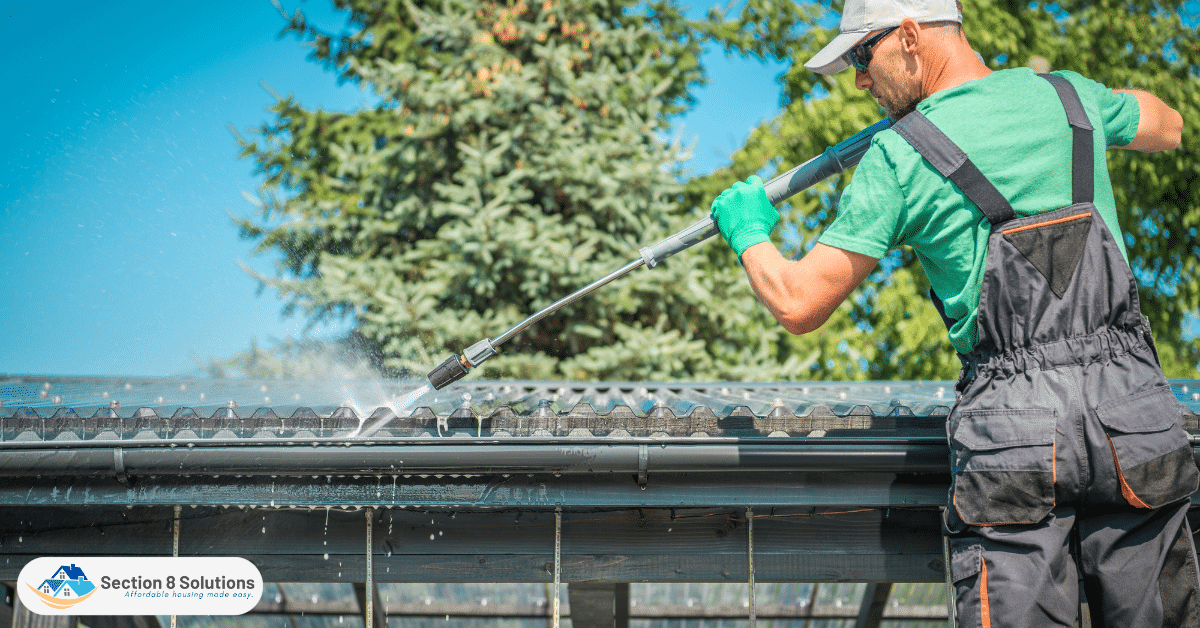
3. Landscaping Upkeep
Landscaping upkeep is an essential part of maintaining a rental property. Regular maintenance tasks like mowing the lawn, pruning trees and shrubs, and maintaining the irrigation system can help keep the property looking attractive and prevent damage.
Mowing the lawn is one of the most important tasks in landscaping upkeep. Regular mowing helps prevent overgrowth, which can lead to dead spots in the lawn and provide a habitat for pests like rodents and insects. Mowing the lawn also helps maintain the health of the grass by promoting thicker growth and preventing weeds from taking over.
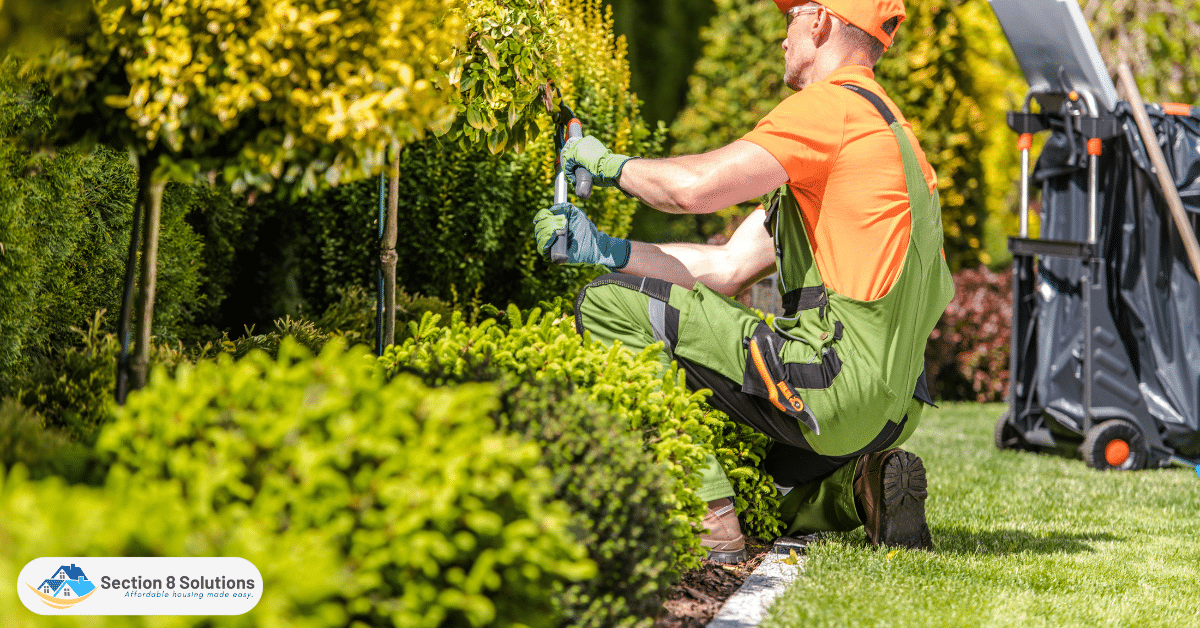
4. Plumbing Inspections
During a plumbing inspection, landlords or professional plumbers should check for leaks and signs of water damage. Leaks can occur in pipes, faucets, and toilets, and can be difficult to detect without a thorough inspection. Landlords should look for water stains on walls, ceilings, and floors and damp or musty scents to detect hidden water damage.
5. Exterior Maintenance
Regular exterior inspections might reveal foundation fractures, missing roof shingles, and damaged siding. Fixing these issues quickly can prevent property damage. Landlords can avoid costly problems by doing routine maintenance.
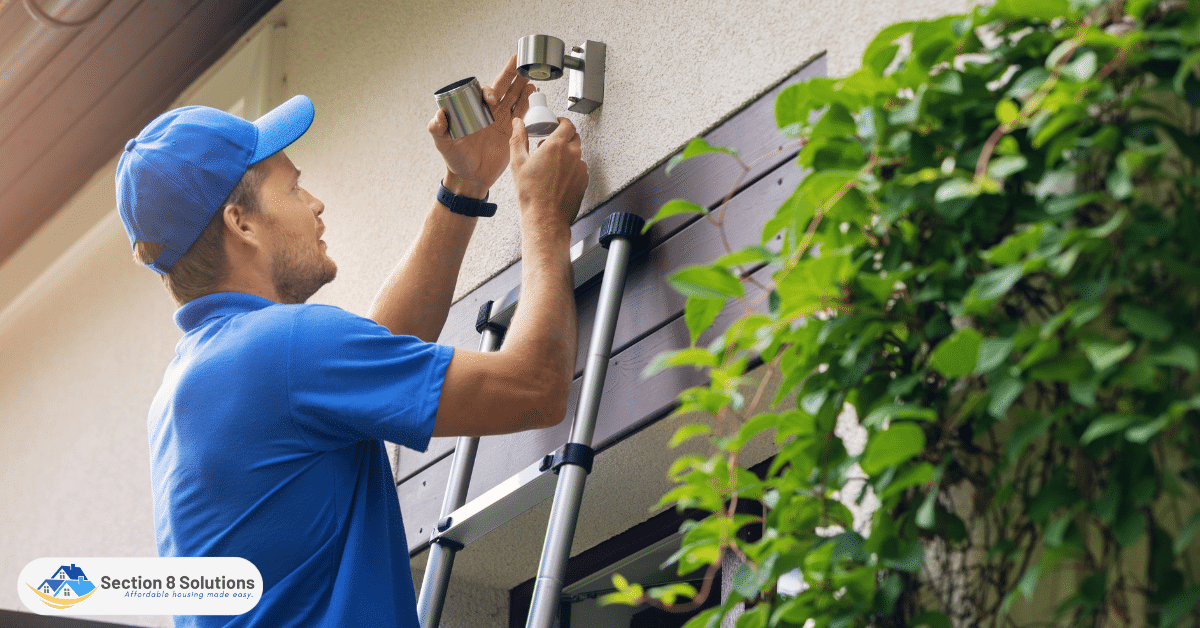
Plan for Long-Term Expenses
Planning for long-term expenses is crucial for rental property owners to avoid unexpected financial strain. Long-term expenses can include things like roof replacements, major system upgrades, or other large-scale repairs or renovations. Here are some tips for planning and saving for these expenses:

- Create a reserve fund: A reserve fund is a separate savings account for unforeseen repairs and long-term needs. Landlords can save up for these fees by setting aside a portion of their rental income each month.
- Estimate major renovations: Roof replacements and HVAC system upgrades should be researched by landlords. Landlords can estimate the cost of these projects and save monthly to pay the costs.
- Prioritize savings: To minimize financial hardship, landlords should save for long-term costs. To save more, eliminate other spending, or increase rental revenue.
- Plan for the future: Plan for repairs and renovations as rental properties age. Landlords can minimize financial burden and maintain the property for years by anticipating and budgeting for these needs.
Rental property owners must consider long-term expenses. Maintaining reserve money, anticipating major repairs or upgrades, prioritizing savings, and preparing for the future can help landlords manage their finances and property.
Conclusion
This page helps landlords manage their rental property’s repairs and maintenance. Landlords can avoid financial burdens by estimating the annual cost of repairs, setting aside a portion of monthly rent for unforeseen expenses, prioritizing critical repairs, maintaining routine maintenance, and preparing for long-term needs.
Remember, proactive maintenance not only protects the landlord’s investment but also ensures tenant satisfaction and retention. By taking care of the property, landlords can create a safe and comfortable living environment for their tenants.


